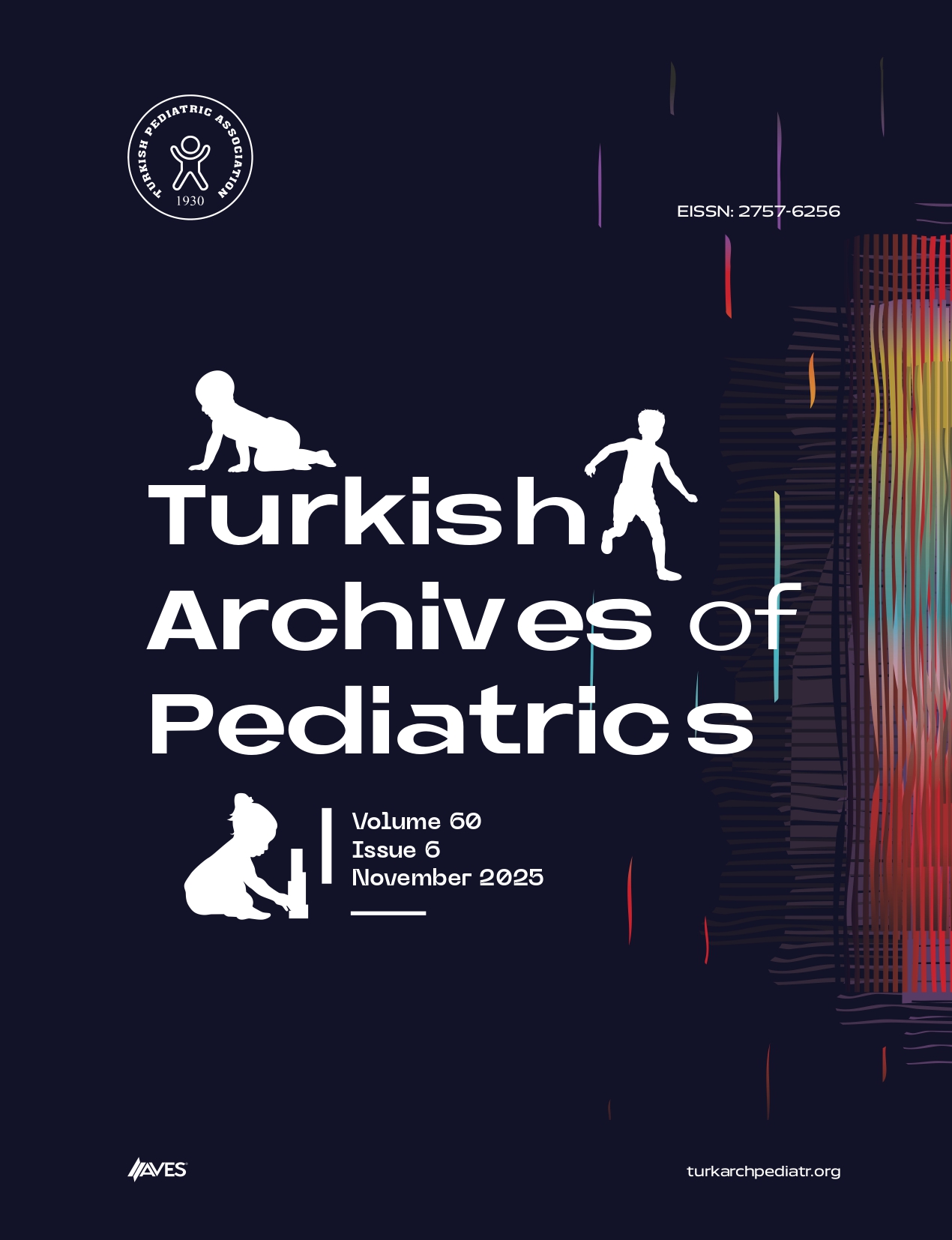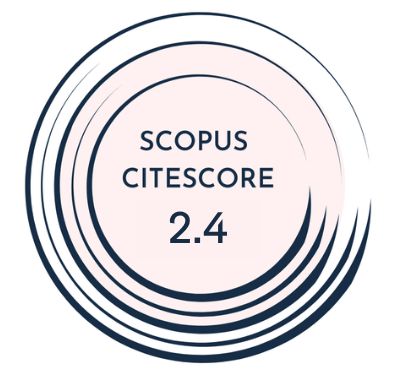The use of epinephrine auto-injectors is life-saving in serious allergic reactions such as out-ofhospital anaphylaxis. However, several factors limit their use, including patients not obtaining their prescriptions, the difficulty of carrying auto-injectors, and fear of injection. Administering epinephrine as early as possible to a patient experiencing anaphylaxis significantly reduces mortality and morbidity. Many experts are therefore interested in developing life-saving medical treatments in forms that are easier to access and apply. Nasal epinephrine consists of 3 components: epinephrine, a unit-dose spray, and İntravair. This spray was developed in collaboration with both the Food and Drug Administration and the European Medicines Agency. In addition to its ease of use, nasal epinephrine has shown favorable pharmacokinetic and pharmacodynamic (PD) responses for various symptoms, including allergic and infectious rhinitis. Notably, it has been found that nasal epinephrine provides a better PD response than injections; the increase in heart rate and blood pressure within 1 minute of administration confirms receptor activation in this drug’s mechanism of action. These findings indicate that nasal epinephrine could be a choice for the treatment of serious allergic reactions, including anaphylaxis, and could be safe and effective.
Cite this article as: Bozkurt HB, Pen.e İ. Evaluating the use of nasal epinephrine in anaphylaxis: Current status. Turk Arch Pediatr. 2025;60(6):572-576.



.png)

